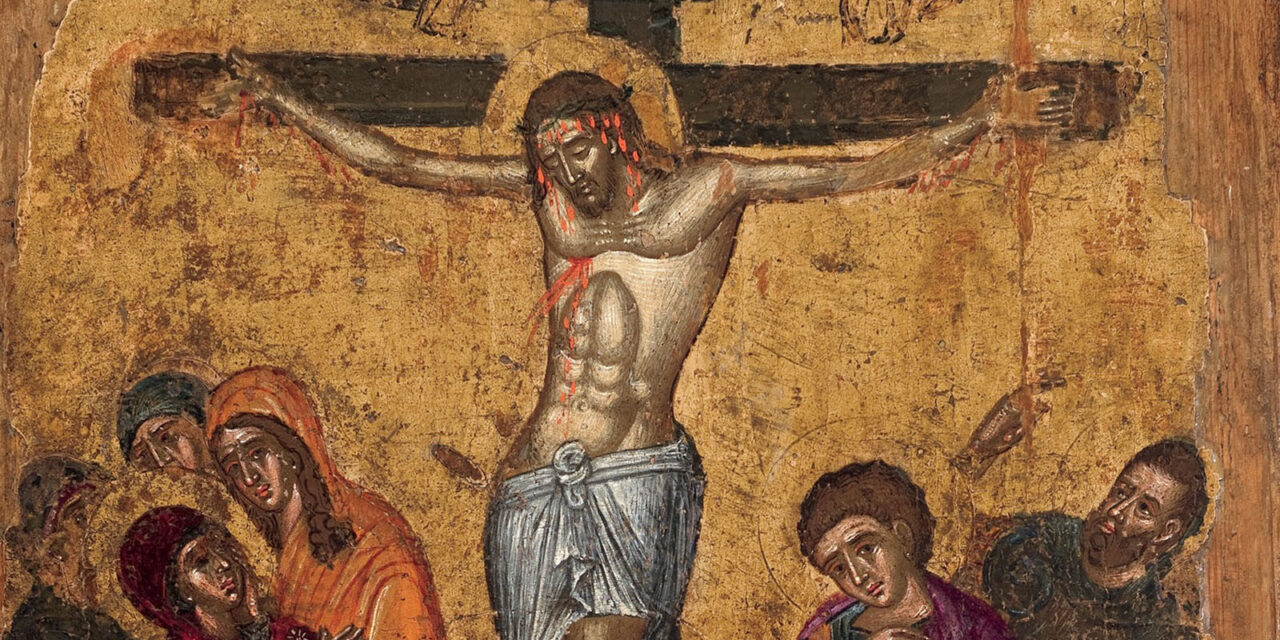The main reason for the trial and condemnation of Jesus is that Jesus behaved as a messiah, i.e. as a religious leader foretold by the prophets, while at the same time the leaders of the Jews could not and did not want to accept him as the Messiah. They expected a messiah who could defeat the Romans and raise Israel to a victorious power, instead of Jesus, who was guided by other goals. They saw him not as a real, but as a pseudo-Messiah, who therefore - according to the Mosaic laws - wanted to be sent to death. Jesus really whipped them mercilessly because of their hypocritical religiosity, and they would have felt their status and income in serious danger in the event that Jesus founded a new religion and thus even the Jewish religion would cease to exist.
Therefore, they wanted a trial and a public execution - officially declaring Jesus a false prophet and a blasphemer in front of the people - and to end his life with a punishment corresponding to this charge. High priest Caiaphas closed the extraordinary meeting of the Jewish tribunal, the High Council, as follows: "You don't understand the matter! You do not understand that it is better for one person to die for the people than for the whole people to perish" (11:49-50). The Gospel of John also adds: "But he did not say this on his own, but as high priest he prophesied that Jesus would die for the people, and not only for the people, but also to gather God's scattered children together. From that day on they were determined to kill him" (11:51-53).
Since the Jewish bodies could not impose or carry out the death penalty due to Roman authority, and thus they themselves could not legally execute Jesus, the high priests immediately proposed the arrest of Jesus at a meeting of the High Council (Sanhedrin in Aramaic). Furthermore, they took the initiative to bring Jesus to Pilate in such a way that, following the use of appropriate means (slander, even blackmail), Pilate would have no choice but to sentence Jesus to death.
However, several Jewish chief councilors spoke out against this idea, and Nicodemus, one of the most authoritative of them, a Pharisee from Jerusalem, commented: "Does our law condemn a person without having been questioned and convinced of what he has done?" The chief priests were therefore forced to agree that they could only bring Jesus before Pilate after a Jewish judicial process, and during the process it must be examined whether Jesus really deserves the death penalty for what he did.
German professor Thomas Rüfner, a respected expert on Roman law, analyzed in a previous article that, according to the Gospels, the procedure before the Sanhedrin went against the procedural rules of Jewish law, for example, because the trial began at night. According to him, however, it is not certain that Jesus' trial was really a criminal trial ending in a formal conviction. Today, it can only be assumed that after the preliminary investigation by the high priest, the procedure was continued before Pilate, since the criminal law applied by the Jewish authorities could not include the death penalty. (Der Prozess Jesu. Nach jüdischem Recht hätte es keine Kreuzigung gegeben, lto.de, March 29, 2013)
Rüfner also draws attention to the fact that in the trial Pontius Pilate used Roman criminal law, while the High Council used Jewish law. This was already evident in the difference between the two accusations, when Jesus' responsibility was investigated: before the Jewish court, he was primarily accused of blasphemy, while Pontius Pilate accused Jesus of claiming to be the king of the Jews, thereby questioning the Roman emperor rule. The latter was actually the charge of sedition, insult of majesty or treason against him.
In both cases, perpetrators who did not have Roman citizenship at the time of the crime could be sentenced to death on a cross (crux). According to historians, it cannot be ruled out that Jesus was ultimately punished for contempt of court: that is, for violating the law because he disobeyed the judge or otherwise made the court proceedings more difficult, for example by not commenting on the accusation. Since Jewish law did not recognize crucifixion as a punishment, this clearly proves that Pilate - who made the decision alone - acted according to Roman law and judged the non-Roman accused.
Crucifixion was the cruelest and most shameful form of capital punishment in those times, where the death throes of the condemned could last for a long time, even for days. This type of punishment was usually applied to slaves – convicted of robbery, murder, treason or sedition. In this trial, Jesus was "classified among the evildoers" (Isaiah 53:12), so he was crucified on Golgotha together with two lators, i.e. common law criminals. With this, they wanted to destroy the memory of the Prophet, the Savior, in front of the people, the masses. And that Jesus was condemned in the trial, who himself proclaimed: "do not judge, so that you may not be judged, ... with the measure you measure, it will be measured back to you".
Source: alaptorvenyblog.hu
Author: Zoltán Lomnici Jr., constitutional lawyer
Cover image: Magyar Kurír













